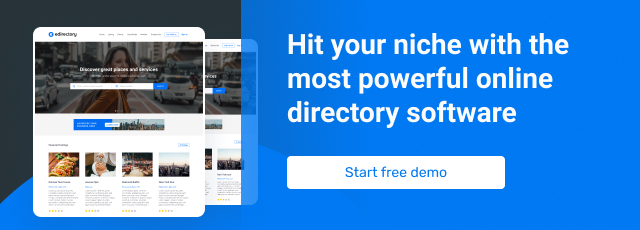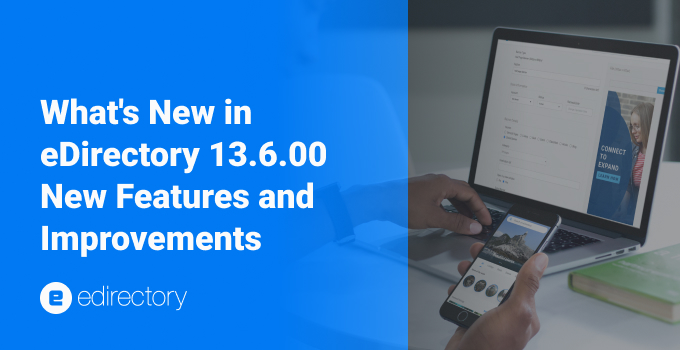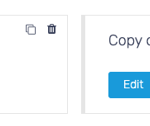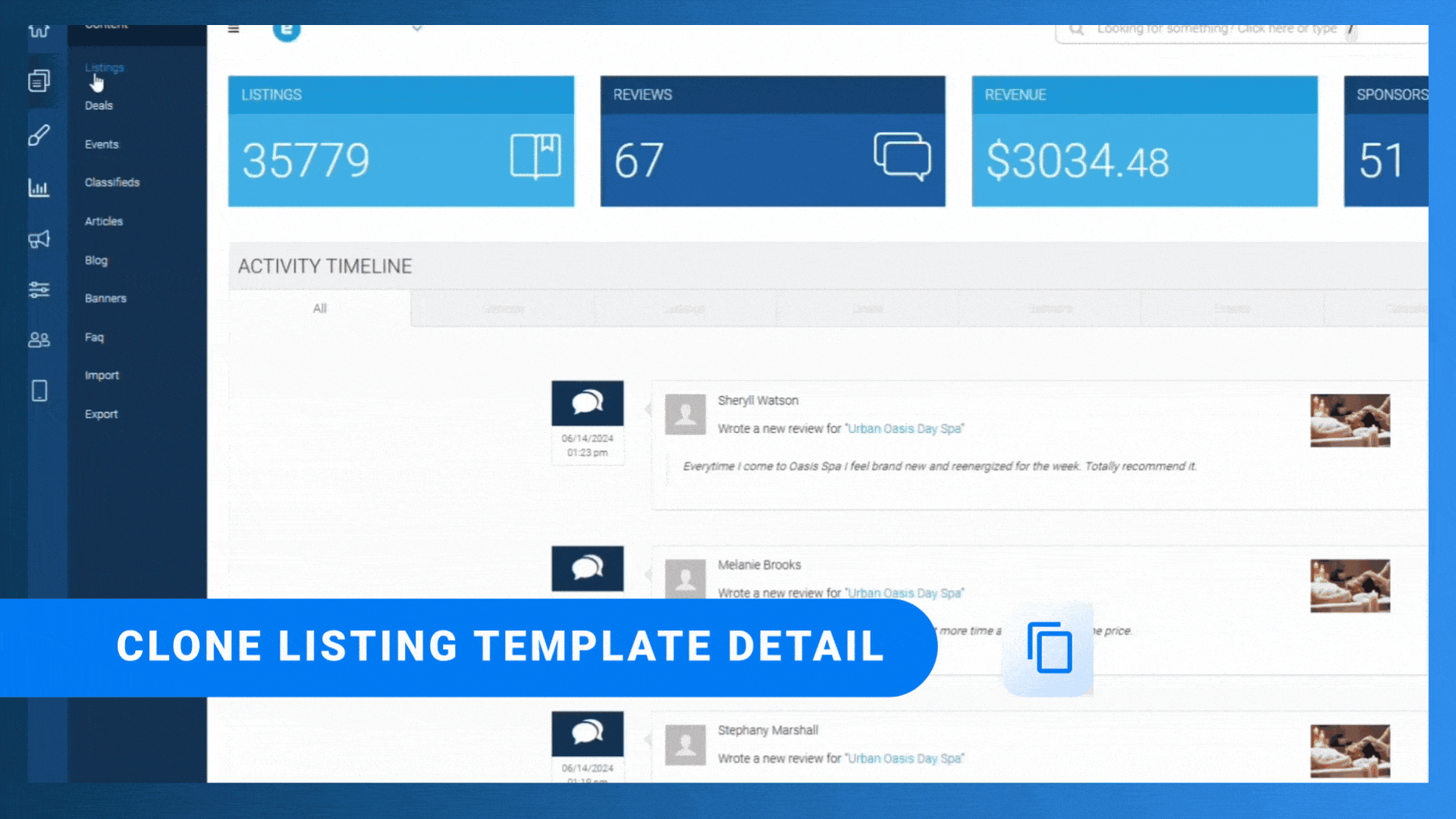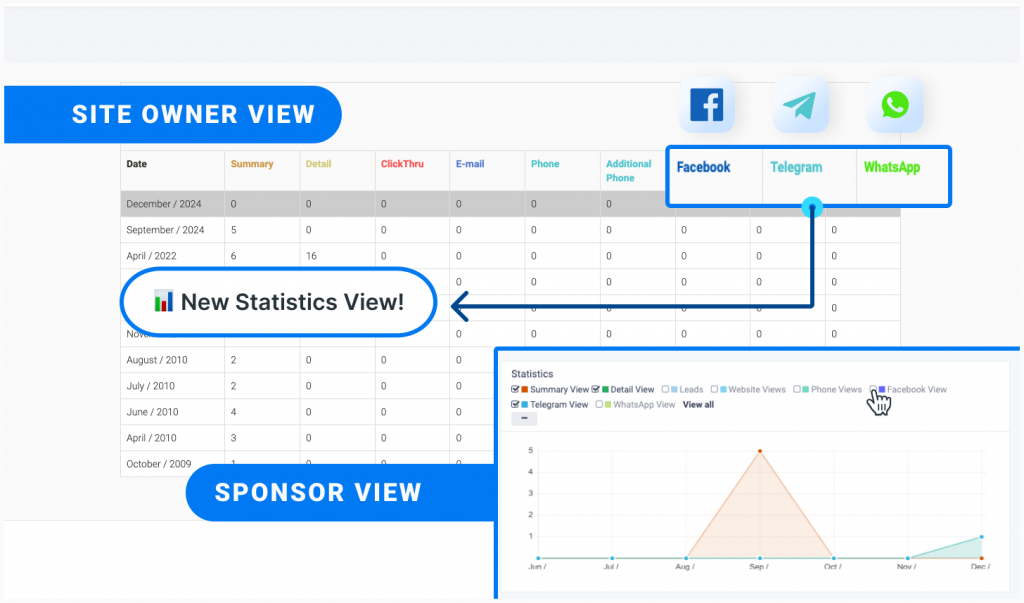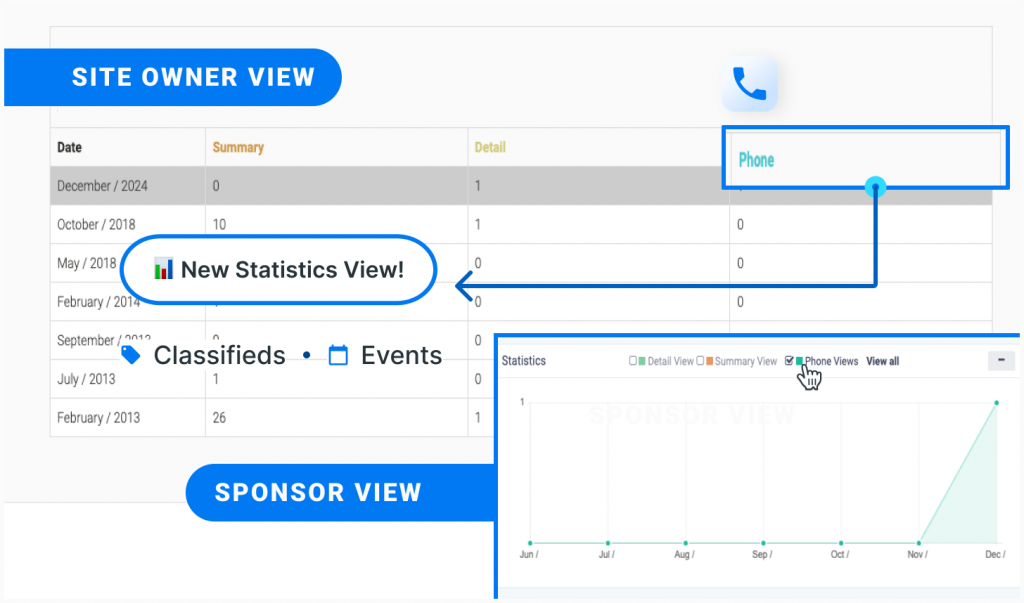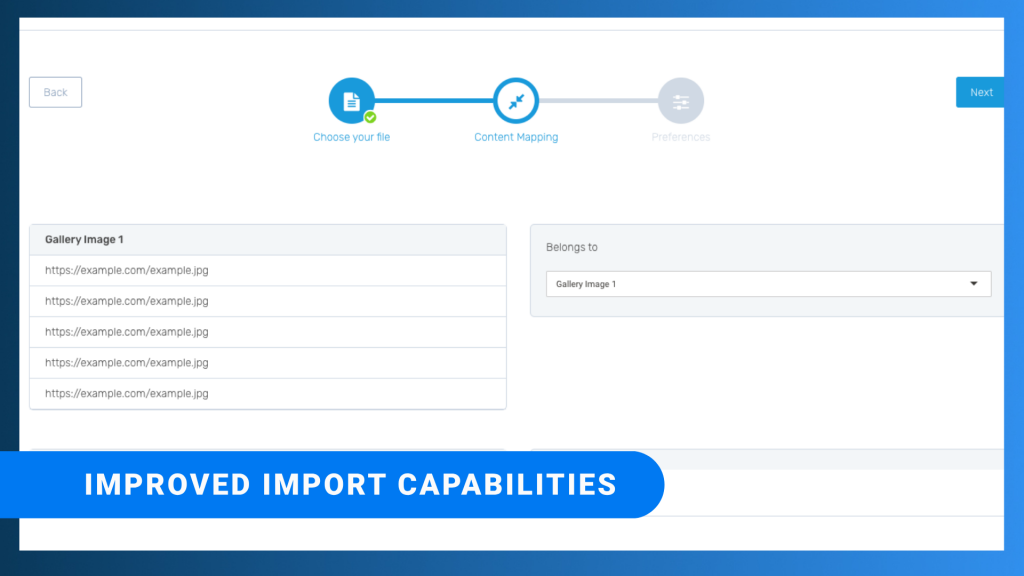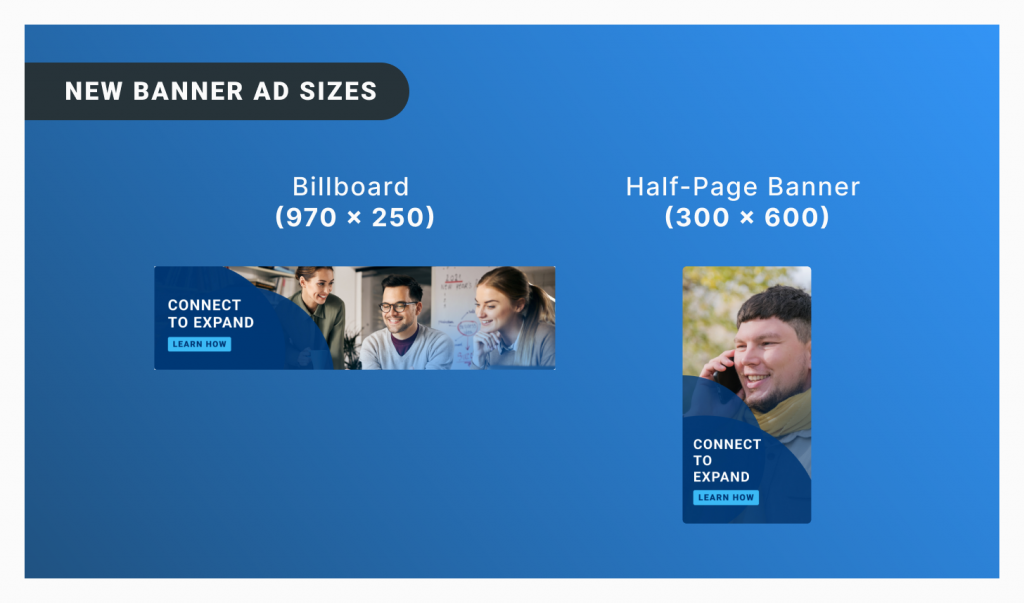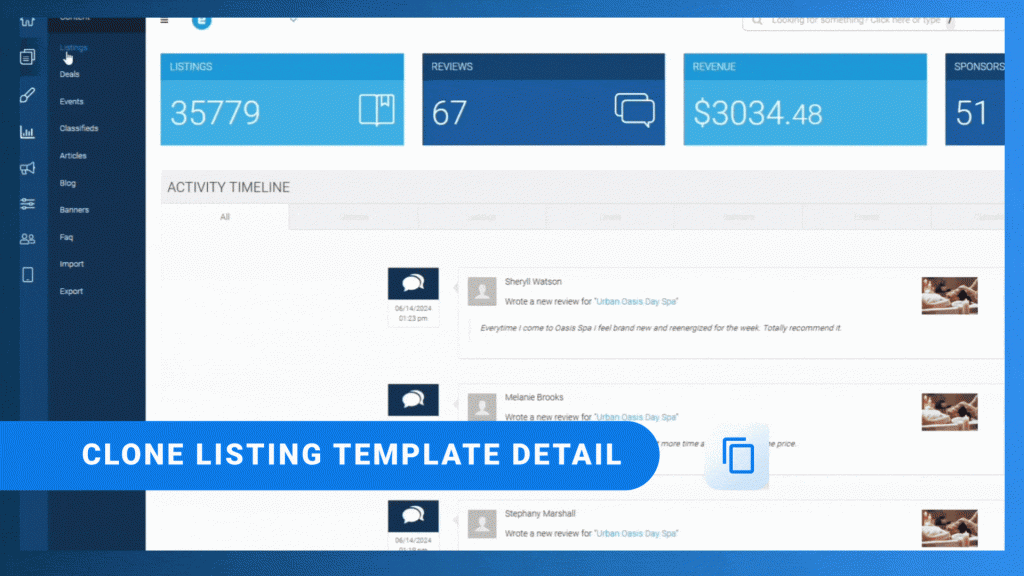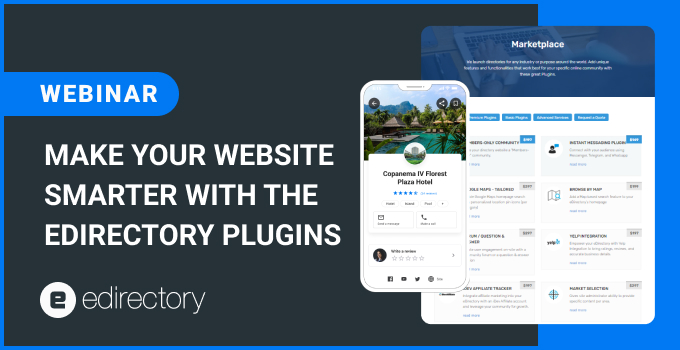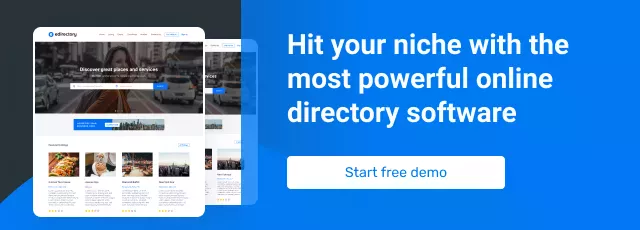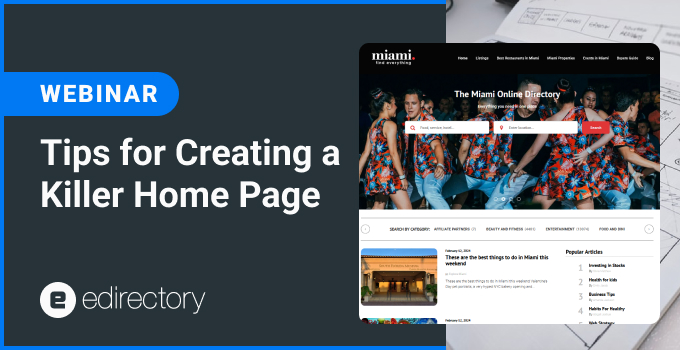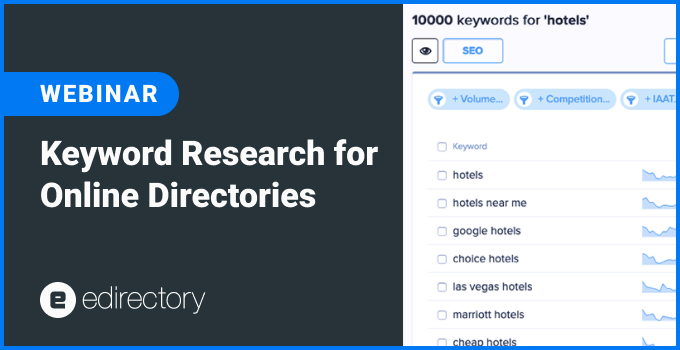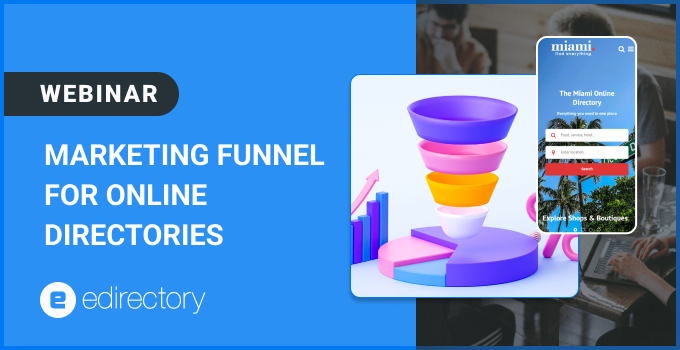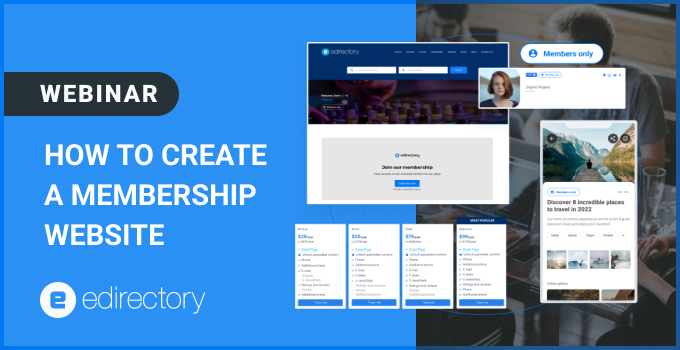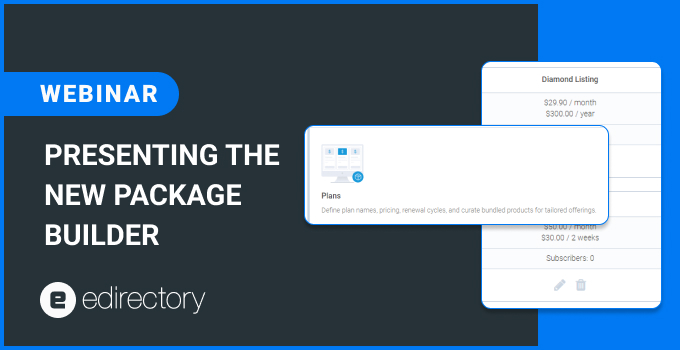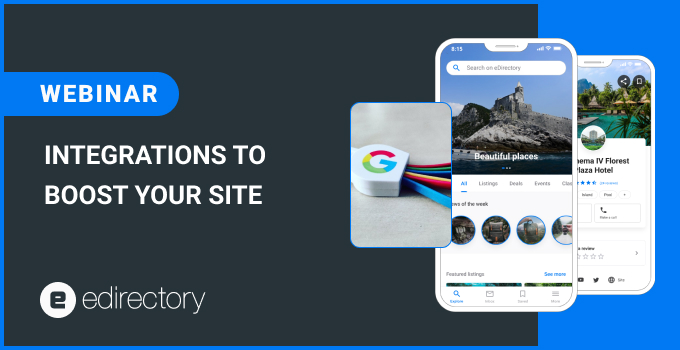
eDirectory has a vast array of built-in features—hundreds, even thousands—that are essential for managing your website and enhancing the experience for your visitors. For example, it includes:
- GDPR compliance features (automatically integrated into forms).
- User sign-up and review systems.
- Quick sign-up options for advertisers.
- Billing reminders and more.
These built-in tools are incredibly robust, but there are times when additional resources are required to meet specific needs during the visitor or advertiser journey. This may vary depending on your project’s niche, objectives, or target location.
Why Use External Tools?
Some people build websites using a variety of platforms and tools (such as MuleSoft), but developing and maintaining custom features for every requirement can be time-consuming and inefficient. Instead, many companies specialize in creating external tools that integrate seamlessly with platforms like eDirectory.
Here are some common external tools you can easily integrate:
- Cookie banners (for advanced GDPR compliance).
- Content sharing features to promote content across social platforms.
- Accessibility tools for users with disabilities, such as adjustable font sizes and screen readers.
- Booking engines for detail pages, ideal for tourism or local guide websites.
- Weather widgets for location-based sites.
- External news feeds to display additional content on your homepage.
- User tracking tools like Hotjar to monitor user behavior and improve your pages.
- CRM systems to manage advertisers and potential leads efficiently.
- External email marketing tools to collect subscribers and send mass emails.
- File downloads and lead magnets for landing pages.
These integrations allow you to offer enhanced services and add more value for your advertisers and visitors.
Webinar: Integrations to Power Up Your Online Directory Website
Selected integrations for you to explore
The eDirectory marketing team hand-picked a few integrations that are useful and easy to install but, as mentioned in the webinar, it’s not necessary to use everything shiny and new to stand out. You should carefully evaluate every widget you wish to add to your site, balancing loading speeds with the user experience.
- Social media feeds: https://elfsight.com/social-feed-widget/
- Show reviews from Google, Facebook, and Amazon: https://elfsight.com/all-in-one-reviews-widget/
- Interactive click-to-call: https://elfsight.com/click-to-call-widget/
- Pop-ups for discount codes: https://elfsight.com/popup-widget/
- All in one Chat widget: https://elfsight.com/all-in-one-chat-widget/
- YouTube video player: https://elfsight.com/youtube-channel-plugin-yottie/
- Cookie consent: https://elfsight.com/cookie-consent-widget/
- Menu for restaurants: https://elfsight.com/restaurant-menu-widget/
- Google Maps Integration: https://elfsight.com/google-maps-widget/
- Age verification Widget: https://elfsight.com/age-verification-widget/
eDirectory’s flexibility allows you to leverage both built-in features and external tools to create a fully customized experience for your visitors and advertisers. By integrating tools like live chat, social sharing, booking engines, and countdown timers, you can enhance your website’s functionality and add value for your customers.
Whether you use on-page scripts, the HTML editor, Google Tag Manager, or request customization, eDirectory makes it easy to implement these solutions. Explore these options and unlock new opportunities for revenue and engagement!
USEFUL LINKS AND TOOLS MENTIONED IN THE WEBINAR:
*We are not affiliated, associated, authorized, endorsed by, or in any way officially connected to the tools and sites mentioned in the webinar.
This session was recorded on December 19th, 2024.
- Don’t forget to register for eDirectory’s next Webinar.
- Do you want to know what eDirectory can do for you? Sign up for a free guided Demo here.
Want more tips? Shoot us a note at marketing@eDirectory.com.


